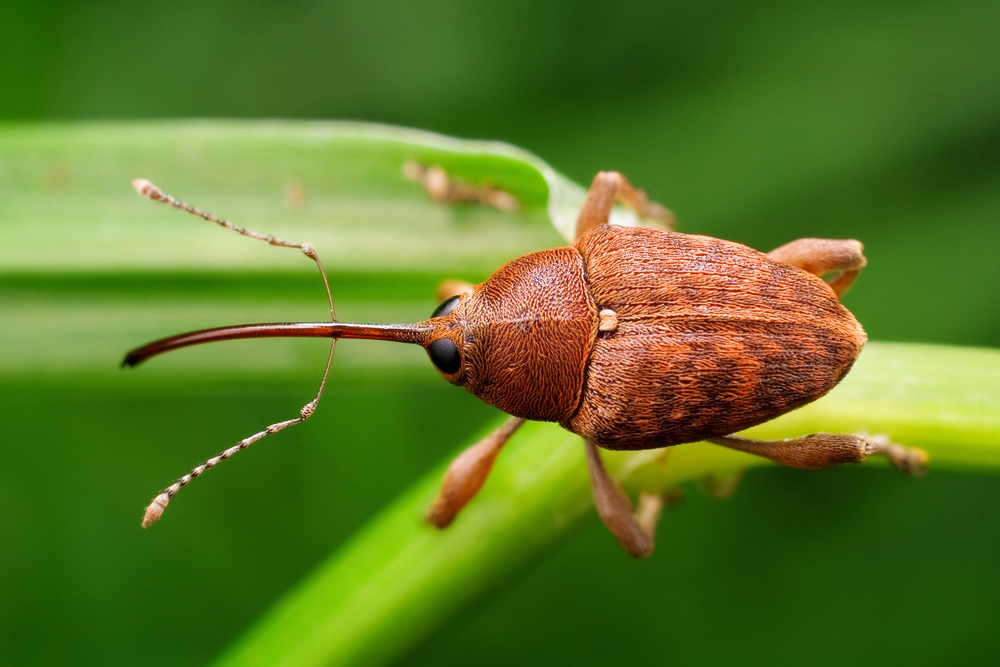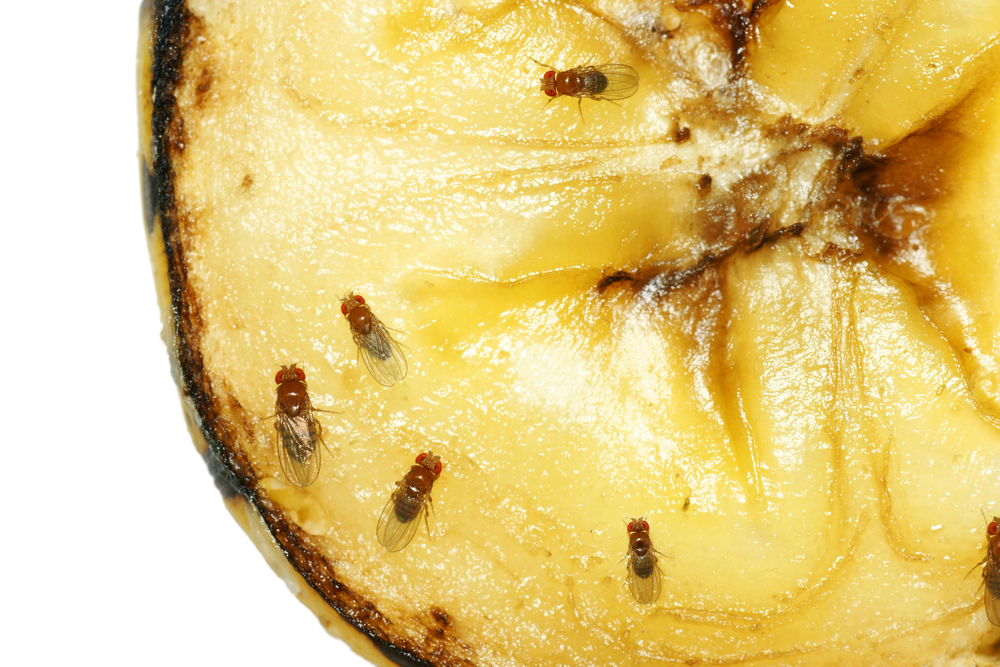Warning: Dangerous pests on the loose in Hungary – Learn how to avoid them!

During spring, kitchens become susceptible to infestations by bugs and insects such as moths, weevils and flies, posing risks of damage and disease transmission. To mitigate these threats and avoid financial losses or health hazards, it is crucial to adopt preventive practices to keep pests out of our kitchens.
Hellóvidék.hu has compiled a list of the most detrimental bugs that may infiltrate kitchens, offering insights into which pests to watch out for. Let’s delve into their findings.
Weevils
A common household pest found in kitchen staples like flour, rice and cereal flakes. Despite being brought home inadvertently with food purchases, these pests typically do not contaminate food directly. They can potentially damage stored grains. Prevention methods such as freezing infested foods and using airtight containers are recommended, along with vigilant inspection of packaging for signs of infestation. Additionally, disposal of contaminated foods and thorough cleaning can help to eradicate any remaining pests.

Fruit flies
Fruit flies can infest fruits and vegetables since they are drawn to overripe and fermenting produce. Fruit flies exhibit a strong preference for fermented substances, including overripe fruit, vegetables, honeydew from aphids, drains and even leftover alcohol. Their attraction to soft foods emitting potent odours often leads to sightings in bins containing discarded rotten fruit. The flies lay eggs in overripe food, following insect behaviour to ensure immediate nourishment for hatched larvae. Due to their rapid reproduction rate, infestations can occur swiftly. Prompt disposal of rotten or overripe produce is crucial to deter fruit flies and prevent their population growth.

Moths
Female moths lay a considerable number of eggs daily near food sources with larvae hatching shortly after to begin feeding. These caterpillars demonstrate resilience, able to survive in unfavourable conditions by consuming accumulated waste. Upon maturity, caterpillars seek suitable locations to pupate and emerge as moths after a brief period. In temperate regions like Hungary, multiple generations of moths can emerge each year, especially in heated parts of the country.
Moths are attracted to various food items such as cereals, pulses, oilseeds, dried fruits and spices, proliferating rapidly in warm storage areas, particularly when favoured nutrients like corn flour are present. In households, moths are a common pest known to consume a wide range of pantry items and their damage is characterised by the presence of dense webs filled with caterpillar excrement.

These pests pose significant threats to both household integrity and human health if left unchecked. However, preventing their infestation is relatively straightforward despite the potential damage they can inflict. Ensuring proper storage of spices and ingredients is paramount, and upon noticing any signs of infestation, thorough inspection and disposal of affected items are crucial steps.
Additionally, prompt disposal of expired or discarded food waste, preferably in sealed rubbish bins outside the house, helps deter pest attraction. These simple practices serve as effective preventive measures against infestations.
Read also:
- 3 effortless Hungarian desserts to bare the summer heat – RECIPES HERE
- 3 easy Hungarian desserts for your busiest weekdays – RECIPES HERE
Source:





